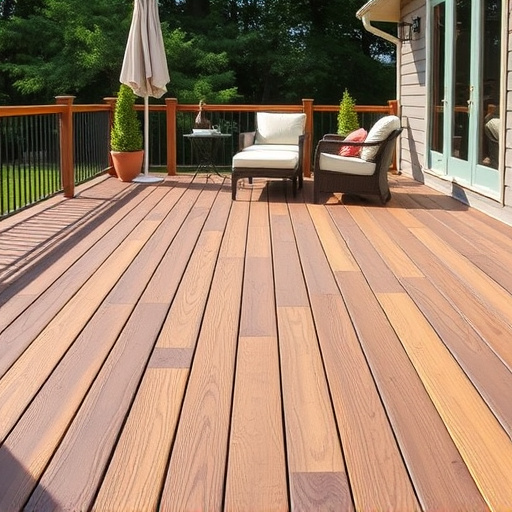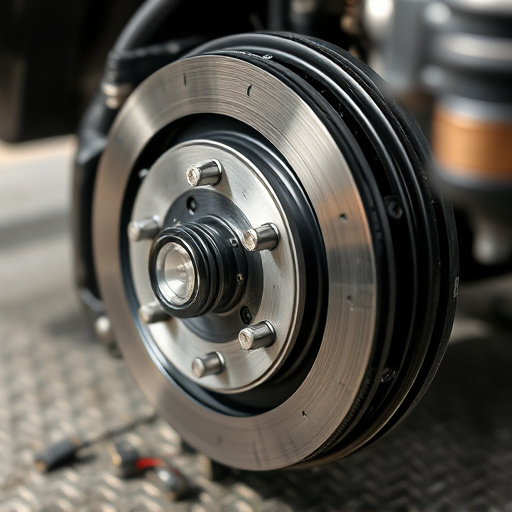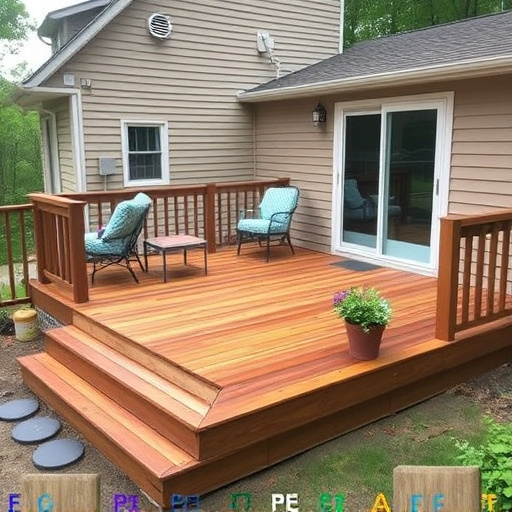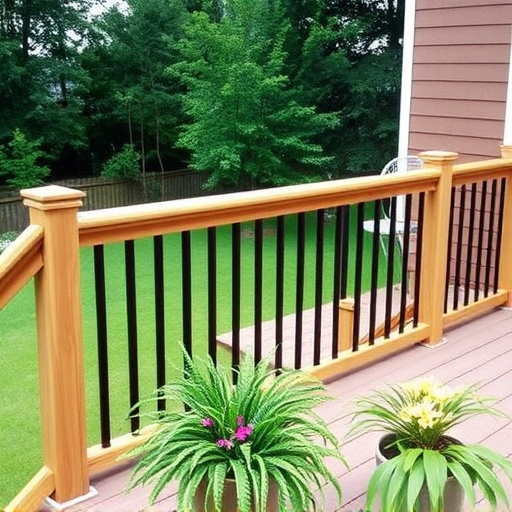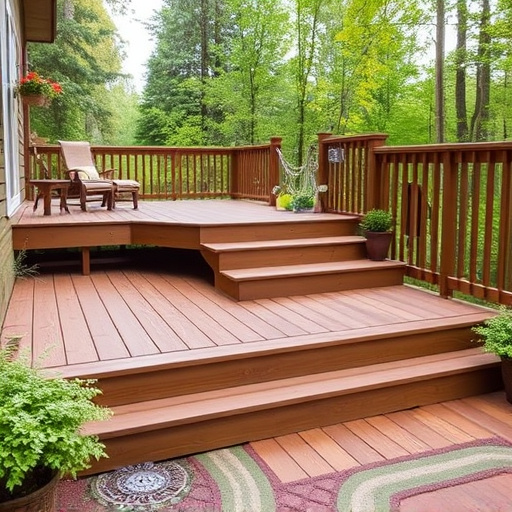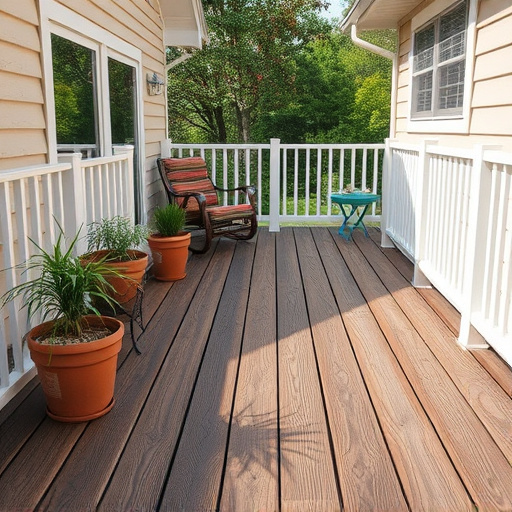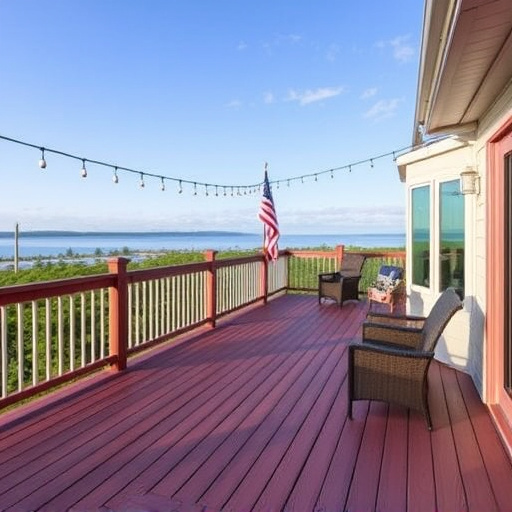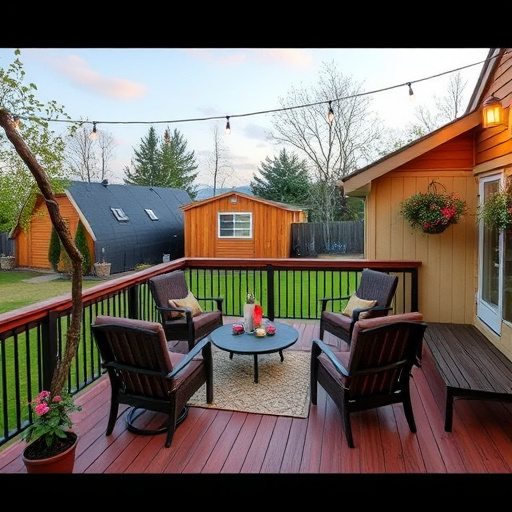Regular cleaning, including weekly sweeping, pressure washing, and occasional sealing, plus seasonal inspections, extend your deck stairs' life by preventing rot, damage, and friction problems. Proactive maintenance ensures safety, longevity, and minimal repairs, with professional home exterior services available when needed.
“Prolong the lifespan of your deck stairs and ensure safety with our comprehensive guide. Regular cleaning and maintenance are key; learn best practices and required tools for meticulous stair care. Conducting structural inspections is crucial to identify and address issues early, preventing costly repairs. Protect your deck stairs from environmental damage through smart material choices and stability tips, ensuring a durable and secure outdoor space. Implement these strategies to extend the life of your deck stairs, enhancing your home’s outdoor appeal.”
- Regular Cleaning and Maintenance
- – Importance of routine cleaning
- – Best practices for deck stair cleaning
Regular Cleaning and Maintenance
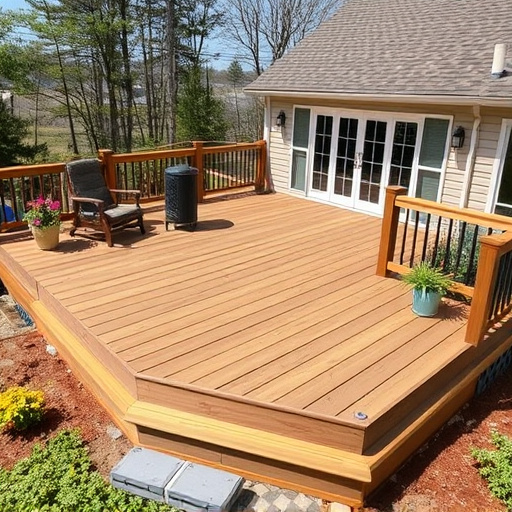
Regular cleaning and maintenance are key to extending the life of your deck stairs. This includes sweeping and spraying off any dirt or debris that accumulates on a weekly basis, as well as applying a fresh coat of sealant every few years to protect against moisture damage and UV exposure. A powerful pressure washer can help remove stubborn stains and build-up, but be mindful not to use too much water pressure, as it could damage the wood.
In addition to regular cleaning, it’s important to inspect your deck stairs for any signs of wear or rot on a seasonal basis. Look for loose or missing boards, soft spots, or cracks in the siding—especially if you live in an area prone to extreme weather conditions. Promptly addressing these issues through repairs or replacement can prevent more extensive damage and keep your deck stairs safe and durable for years to come, with the help of professional home service solutions like residential siding installation.
– Importance of routine cleaning
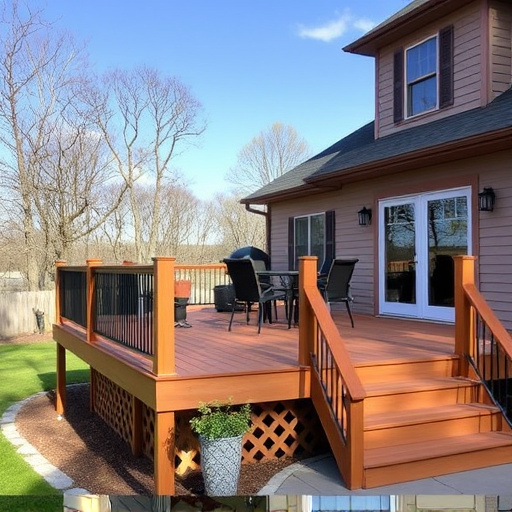
Maintaining your deck stairs isn’t just about aesthetics; it’s a crucial step in extending their lifespan and ensuring safety. Routine cleaning is the cornerstone of any good maintenance plan. Debris, such as leaves, twigs, and dirt, can accumulate on stair surfaces, leading to traction issues and even structural damage over time. Regularly clearing these buildup and using suitable cleaning solutions designed for outdoor use can prevent slips and falls, keeping your deck stairs safe for years to come.
In addition to physical cleaning, inspecting your deck stairs regularly is vital. Look for any signs of rot, cracks, or loose boards. Early detection allows for quick repairs, preventing minor issues from escalating into major problems that could necessitate costly replacements, like those offered by home service solutions, or even more extensive projects such as commercial roofing and siding replacement.
– Best practices for deck stair cleaning
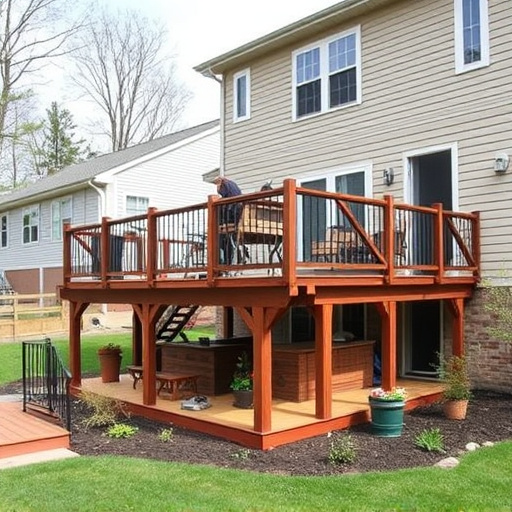
Maintaining your deck stairs not only ensures a safer climbing experience but also prolongs their lifespan. Regular cleaning is a best practice that involves removing any debris, leaves, or dirt buildup. Start by sweeping the stairs to clear visible debris, then use a pressure washer for a thorough clean. This step is crucial as it prevents moisture seepage into the wood, which can lead to rot and decay.
Consider seasonal cleaning routines; for instance, after autumn when leaves accumulate, or before summer to prevent mold growth. Additionally, check for any signs of damage like loose or missing boards, which might require professional home exterior services, such as roofing or siding replacement, to address properly.
Extending the life of your deck stairs involves a simple yet consistent routine. Regular cleaning and maintenance are key to preventing damage caused by elements like dirt, grime, and mold. By adopting best practices such as sweeping often, using appropriate cleaners, and inspecting for wear and tear, you can keep your deck stairs in top condition for years to come. Embrace these practices to ensure safety, enhance aesthetics, and maximize the lifespan of your outdoor space.

